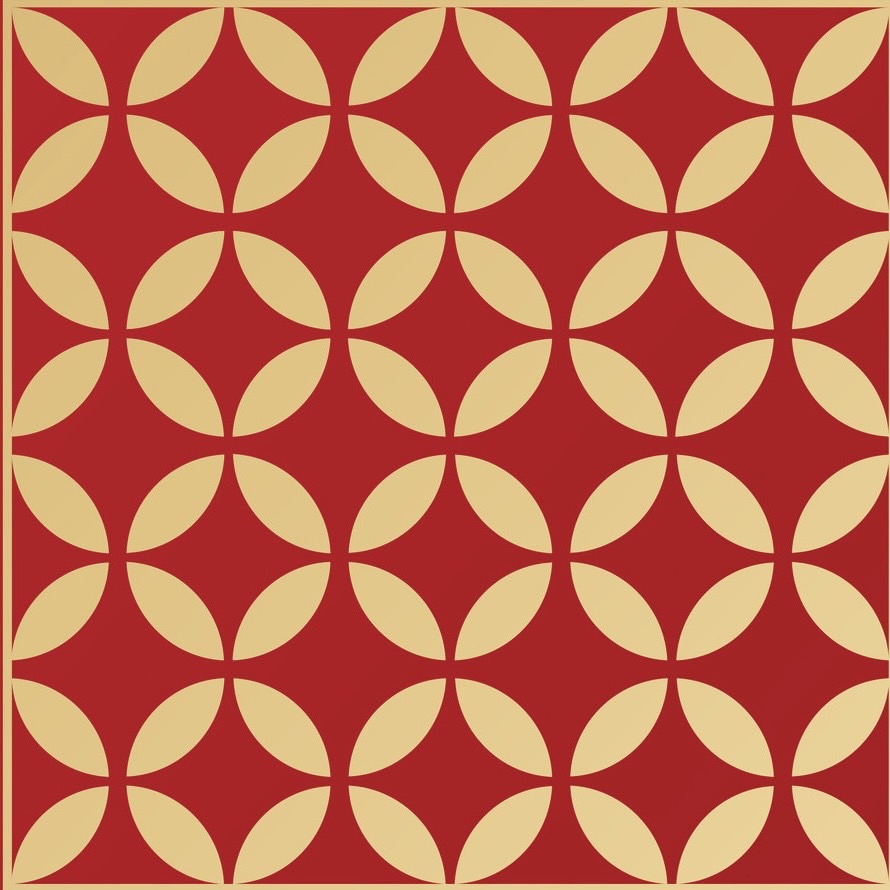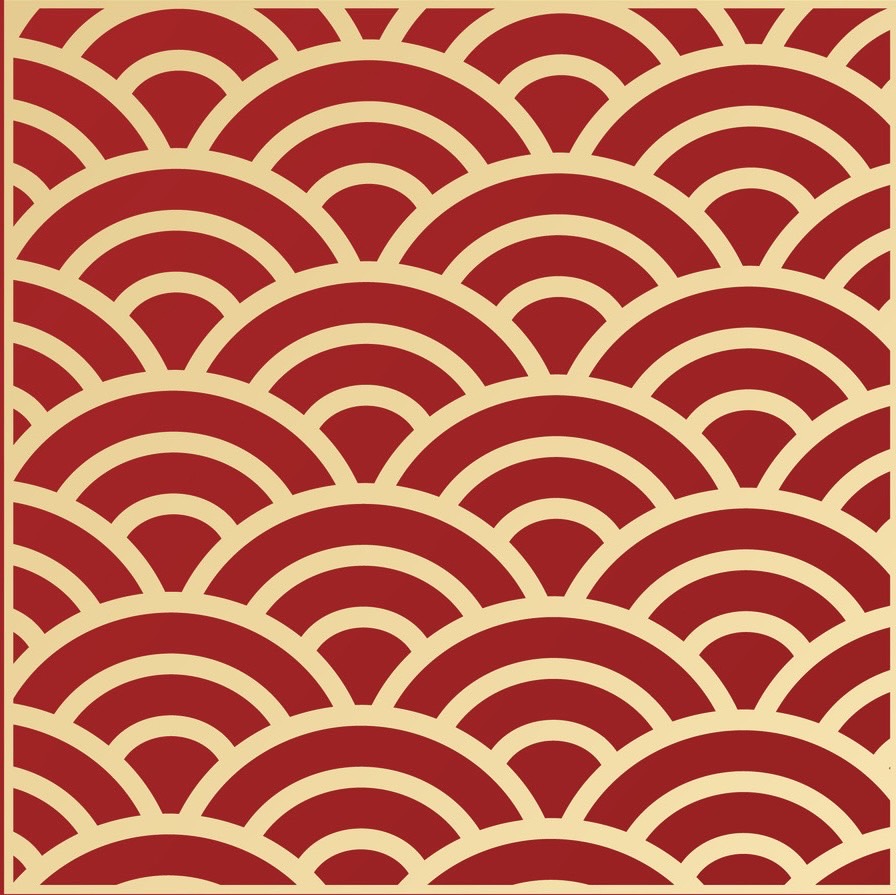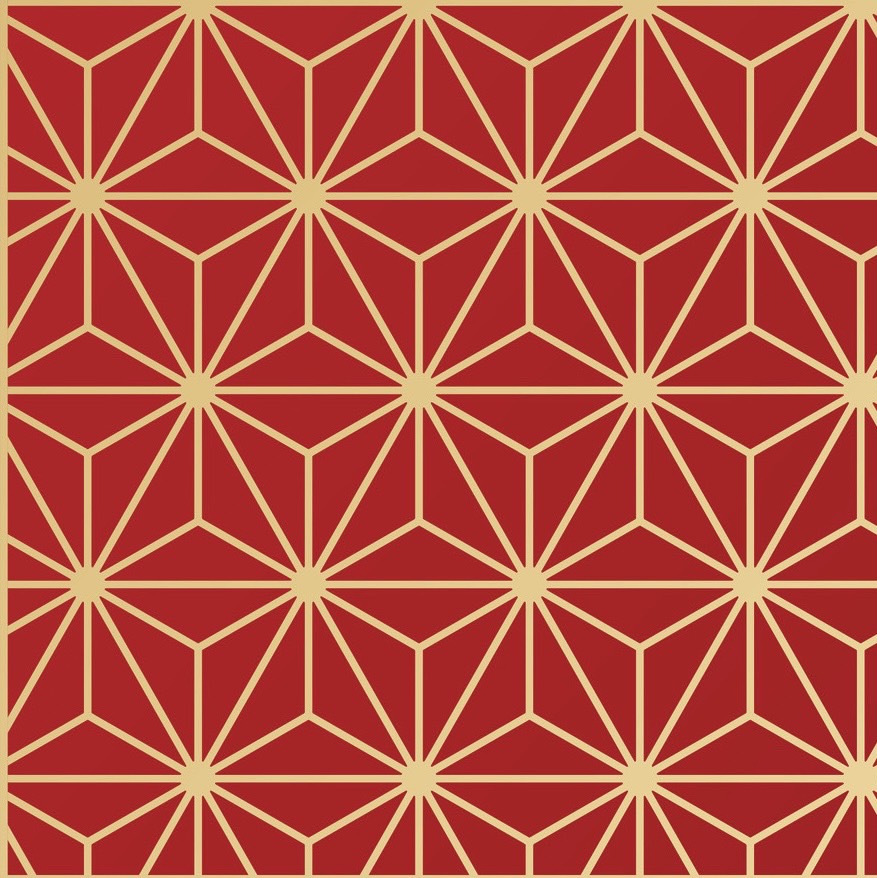Contents
Meanings of the Asanoha Pattern
- Purification of sins and impurities
- Protection against evil
- Good health
Examples of Works Using Asanoha
(Currently in progress)
About the Asanoha Pattern
A Popular Book Cover Design in the Edo Period
The Asanoha (hemp leaf) pattern is a traditional Japanese geometric design based on regular hexagons. It was named after the hemp leaf because of its similar shape. With its sharp lines and rhythmic form, this pattern has been loved not only for its beauty but also as a symbol of good fortune since ancient times.
During the mid-Edo period, books and picture books with Asanoha designs on their covers became popular. These were even called “Asanoha Cover Books.”
Later, a kabuki actor named Iwai Hanshirō V wore a kimono with the Asanoha pattern when he played the role of Yaoya Oshichi on stage. This drew great attention, and the pattern became even more well-known. In Kyoto and Osaka, it was also known as “Osome-gata” and was especially popular in those regions.
Wishes for Growth and Protection in the Asanoha Pattern – and Its Modern Revival
Hemp is a strong plant that grows straight and fast. Because of this, the Asanoha pattern came to represent wishes for children’s healthy growth.
Also, since hemp is resistant to insects, people believed it had the power to protect against evil spirits. That is why this pattern was often used in baby clothes and children’s kimono.
More recently, the Asanoha pattern has regained attention thanks to the anime Demon Slayer: Kimetsu no Yaiba. One of the main characters, Nezuko Kamado, wears a kimono with this pink hexagonal pattern. As the anime became popular worldwide, many fans began to recognize the pattern, raising global interest in traditional Japanese designs.




